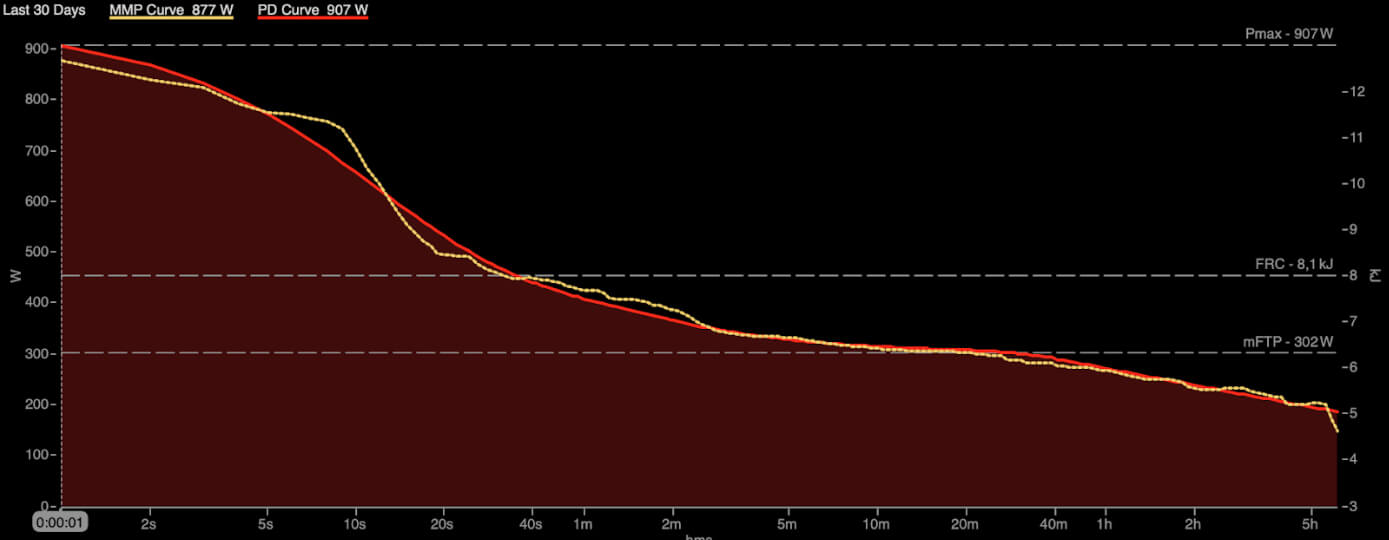That the world of sports is becoming more and more technical is a reality that is not lost on anyone. With the appearance of potentiometers and the software programs that analyze the activity files that are generated in our training sessions, we can go into detail about our performance capacity.
Faced with so much technology, one can become overwhelmed and once the investment is made, use the potentiometer just as a training device to have one more piece of data without getting more out of it. If this is your case, the best thing you can do is contact a professional trainer so that :
- With a consultation of 1 hour you can ask everything you need to know to “really” use the expensive device you carry on your bike.
- Download a training plan cycling specific by power.
You have to take into account that the potentiometer, used correctly, it is the best tool to improve your performance and bring out the genetic potential you have within.
This performance, using the right software, can be perfectly analyzed at a glance in order to work with two objectives:
- See your progress as a result of training.
- See the adequacy of your qualities with the demands of the competitions in which you participate.
The power curve of an athlete is the number of watts you are able to move in a given time. Intuitively, you will already imagine that the less time, the greater the power and conversely, the more time, the less power. The plot of this curve would look like this:

The power curve is the number of watts you are able to move in a given time
Power is on the vertical axis and time is on the horizontal axis. The longer the time, the less power and therefore, the curve has a descending line.
This is the expression of what we feel when we pedal.
We attack the group and get our maximum power to accelerate hard or sprint to get our “Personal Record” or “KOM” on Strava.
As we have to sustain this effort, the power drops and the pain becomes unbearable. The attack becomes an unsustainable high pace until power already drops at high aerobic paces. Finally, in the lower aerobic rhythms is when the power is at a minimum but we can sustain it throughout the output.
A power curve of an athlete like this gives a lot of information since if we superimpose the current curve with the curve of the month, quarter or last year, we can see if it moves up or down and therefore if we have improved or worsened, respectively.
The usual thing, however, is not that it moves in parallel but that there are increases or decreases in certain point values and therefore, that the curves intersect. This makes it necessary to use a series of key concepts when analyzing.
In the following article I will explain what are the key concepts in the power curve power of an athlete.

